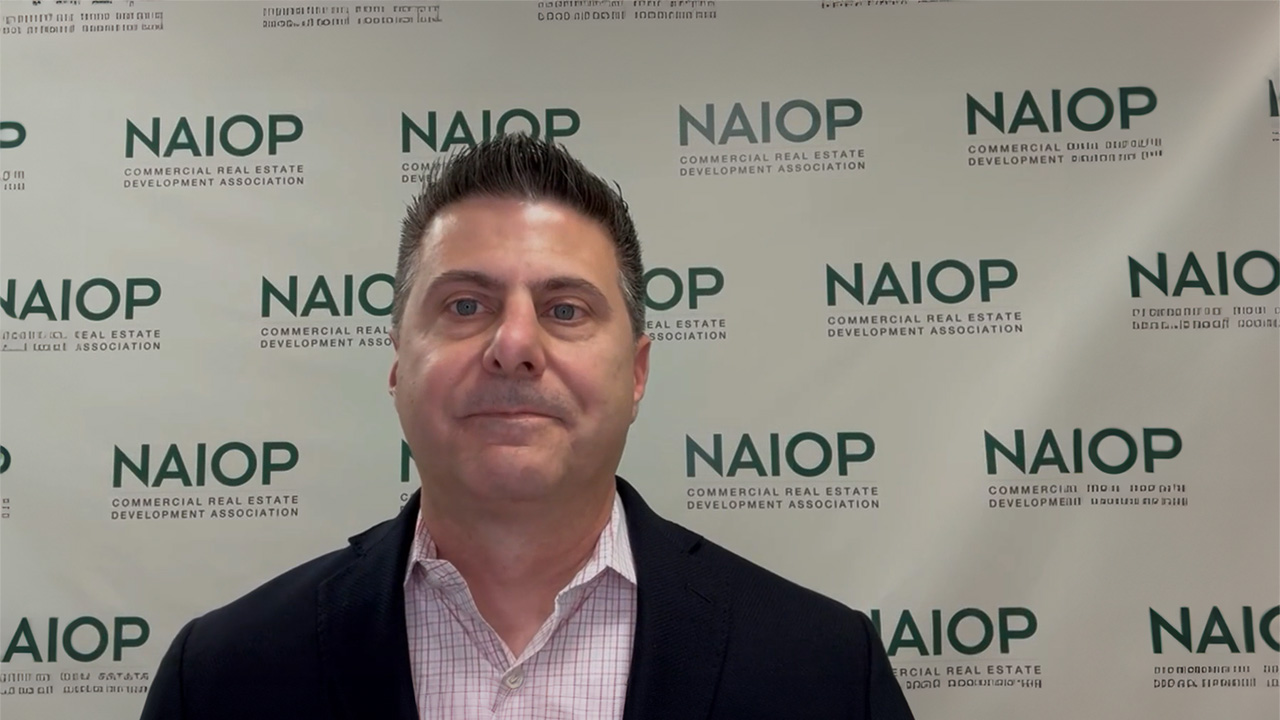Adaptive Reuse
Congress should pass legislation to incentivize the adaptive reuse of vacant and underutilized commercial buildings. The Revitalizing Downtowns and Main Streets Act was introduced in the last Congress by Representatives Mike Carey (R-OH) and Jimmy Gomez (D-CA) to create a tax credit to offset the costs of conversions. Adaptive reuse property conversions can help increase the supply of affordable housing and help restore economic vitality to communities dealing with the impact of post-pandemic workplace changes. Conversion of existing structures to better uses, rather than demolition, is a cost-effective means of increasing housing supply while reducing the negative economic impact of underutilized commercial buildings.
Download NAIOP's position on Adaptive ReuseIssue
- The aftermath of the COVID-19 pandemic and resulting remote work trends have led to historically high vacancy rates and underutilization of commercial structures in many communities. Hybrid work patterns are now widely believed to have become a permanent feature of modern-day labor markets. While Class A trophy buildings have remained market competitive, Class B and C commercial structures are likely to become stranded assets unless repurposed for economically viable uses.
- The decreased number of workers at underutilized office buildings has been devastating to the restaurants, retailers and other small businesses that depend on daily workers for much of their business. The decline in property values has also hurt localities, which depend on property and sales taxes for much of their revenue.
- At the same time communities are coping with the impact of underutilized commercial buildings, many are struggling with a severe lack of housing supply. In some instances, underutilized structures in these communities are suitable for conversion to residential usage and could become a part of a comprehensive approach to increasing housing supply.
- The Revitalizing Downtowns and Main Streets Act, introduced in the last Congress by Representatives Mike Carey (R-OH) and Jimmy Gomez (D-CA), would provide a 20% tax credit for the eligible conversion costs of an adaptive reuse project. Congress should pass property conversion incentive legislation, which would help increase housing supply and economic productivity in many communities.
Key Points
- As of the third quarter of 2024, the national office vacancy rate was 20.1%, the highest rate in 30 years, according to Moody's. The increased number of vacant and underutilized commercial structures is a direct result of remote work and hybrid work patterns that arose during the COVID-19 pandemic and have persisted.
- While Class A office buildings remain competitive, Class B and C commercial buildings are unlikely to return to their former occupancy levels. Many of these buildings will become stranded assets in their communities, lowering property values and impacting local tax revenues.
- There is a severe shortage of housing supply, with the U.S needing an additional 4.3 million units by 2035 to meet the projected demand for rental housing. Many of these underutilized buildings could serve as residential, but high conversion costs and other challenges are barriers to their adaptive reuse.
- Bipartisan legislation was introduced in the last Congress that would incentivize conversions of underutilized structures to housing. The Revitalizing Downtowns and Main Streets Act was introduced by Representatives Mike Carey (R-OH) and Jimmy Gomez (D-CA).
Resources
Letter of support for H.R. 9002, The Revitalizing Downtowns and Main Streets Act, introduced by Representatives Mike Carey (R-OH) and Jimmy Gomez (D-CA), from NAIOP, the Commercial Real Estate Development Association, July 12, 2024
Contact
Aquiles Suarez
Senior Vice President for Government Affairs
703-904-7100, ext. 115
Eric Schmutz
Senior Director of Federal Affairs
703-674-1450


